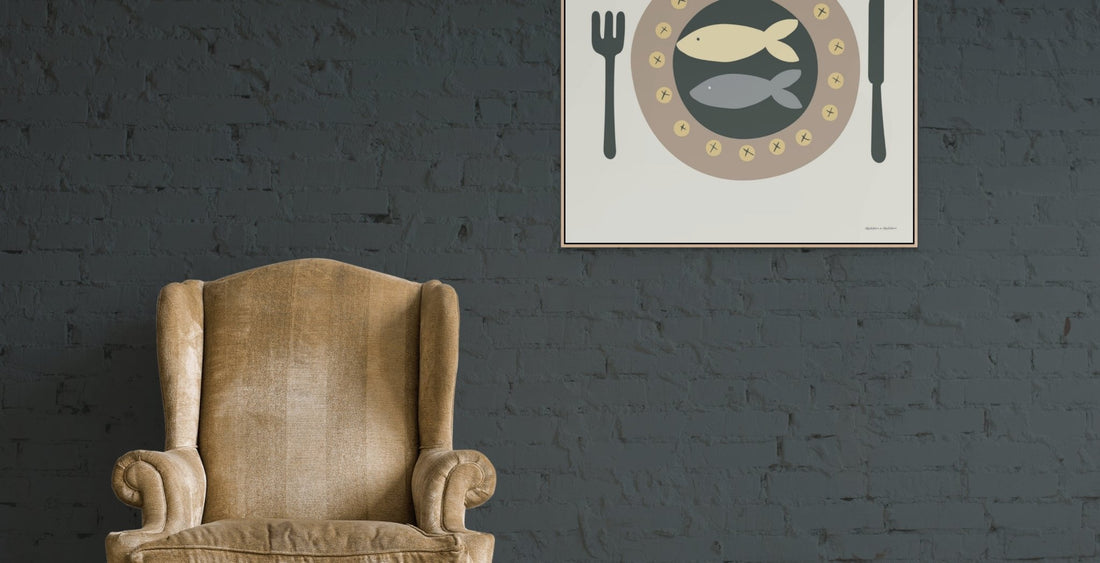When it comes to decorating your home, wall art can be a powerful tool to add personality and style to any room. However, it's important to consider the placement of your wall art to ensure that it enhances the overall aesthetic of your space. In this blog post, we will provide you with some expert tips on how to effectively place your wall art for maximum impact.
1. Consider the size of your wall art
Before hanging your wall art, take into account the size of the piece and the wall it will be placed on. A small piece of art on a large wall may get lost, while a large piece on a small wall can overwhelm the space. Aim for a balanced look by choosing wall art that is proportionate to the wall it will be displayed on.
2. Eye-level placement
When hanging your wall art, a general rule of thumb is to position it at eye level. This ensures that the artwork is easily visible and creates a comfortable viewing experience. For most people, eye level is around 140cm (57 to 60 inches) from the floor. However, if you have high ceilings or tall furniture, you may need to adjust the height accordingly.
3. Create a focal point
Wall art can serve as a focal point in a room, drawing attention and adding visual interest. To create a focal point, consider hanging a large, bold piece of art on a wall that is directly across from the entrance or at the end of a hallway. This will immediately catch the eye and set the tone for the entire space.
4. Grouping and arrangement
Instead of hanging a single piece of art, consider creating a gallery wall by grouping multiple pieces together. This can add depth and dimension to your space. When arranging your wall art, start by laying them out on the floor to experiment with different compositions. Once you're satisfied with the arrangement, transfer it to the wall using a level and measuring tape for accuracy.
5. Consider the room's function
When choosing wall art, take into consideration the function of the room. For example, in a bedroom, you may want to create a calming and relaxing atmosphere with soothing artwork. In a dining room, you can opt for more vibrant and energetic pieces to stimulate conversation. The artwork should complement the overall theme and purpose of the room.
6. Lighting considerations
Proper lighting can greatly enhance the impact of your wall art. Consider installing adjustable spotlights or track lighting to highlight your artwork. Avoid placing wall art in direct sunlight, as it can cause fading over time. Additionally, be mindful of glare from windows or overhead lights, as it can detract from the viewing experience.
By following these wall art placement tips, you can transform your space into a visually stunning and cohesive environment. Remember to experiment, trust your instincts, and have fun with the process. Happy decorating!

